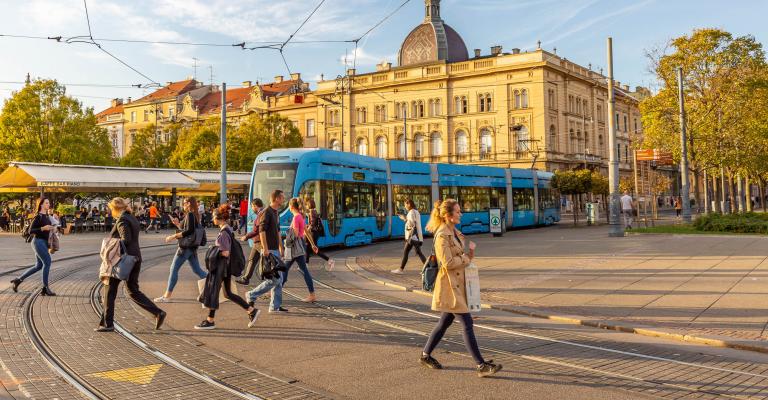wherearewegoing.net – Croatia is a parliamentary democracy with a multi-party system. The country’s political landscape is characterized by a blend of traditional conservative values and progressive European integration policies. The government structure includes a bicameral parliament, known as the Sabor, which consists of the House of Representatives (Zastupnički dom) and the House of Counties (Županijski dom).
The Executive Branch: President and Government
The President
The President of Croatia is the head of state, elected by popular vote for a five-year term. The president’s role is largely ceremonial, but they do wield significant influence in foreign policy and national security matters. The president also appoints the prime minister, who then forms the government.
The Government
The Government of Croatia, led by the Prime Minister, is the executive branch responsible for day-to-day administration and policy implementation. The prime minister and their cabinet are appointed by the president and must be confirmed by the Sabor. The government is accountable to the parliament and can be dissolved through a vote of no confidence.
The Legislative Branch: The Sabor
The House of Representatives
The House of Representatives is the lower house of the Sabor and the primary legislative body. It consists of 151 members elected through a proportional representation system. The House of Representatives is responsible for passing legislation, approving the budget, and overseeing the work of the government.
The House of Counties
The House of Counties is the upper house of the Sabor, representing the country’s 20 counties and the city of Zagreb. It has a consultative role and can propose legislation but has limited powers compared to the House of Representatives.
Political Parties and Electoral Process
Croatia’s political scene is dominated by several major parties, including the Croatian Democratic Union (HDZ), the Social Democratic Party of Croatia (SDP), and the Croatian People’s Party – Liberal Democrats (HNS). These parties often form coalitions to gain a majority in the Sabor.
Elections in Croatia are conducted on a regular basis, with parliamentary elections held every four years and presidential elections every five years. The electoral system encourages broad representation, with multiple parties typically gaining seats in the Sabor.
Challenges and Issues in Croatia’s Governance
Despite its stable political system, Croatia faces several challenges, including corruption, bureaucratic inefficiencies, and the need for economic reforms. The country’s accession to the European Union has brought about significant changes in legislation and governance, aligning Croatia with EU standards and practices.
Conclusion
Croatia’s political landscape is a reflection of its complex history and its aspirations as a modern European nation. The country’s governance structure, with its checks and balances, aims to ensure stability and democratic representation. As Croatia continues to navigate the challenges of the 21st century, its political system will play a crucial role in shaping its future.
